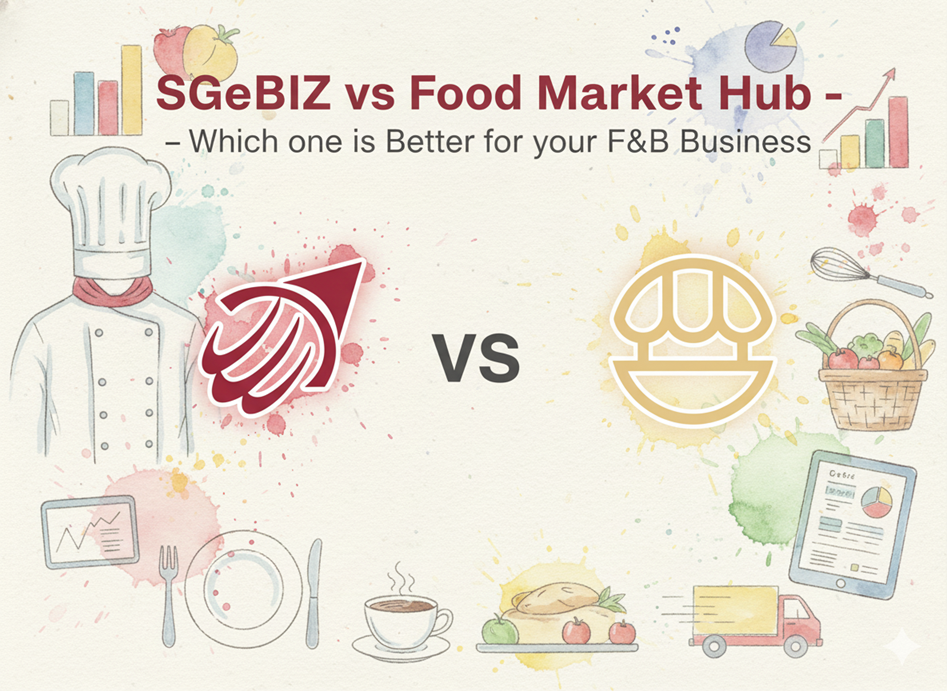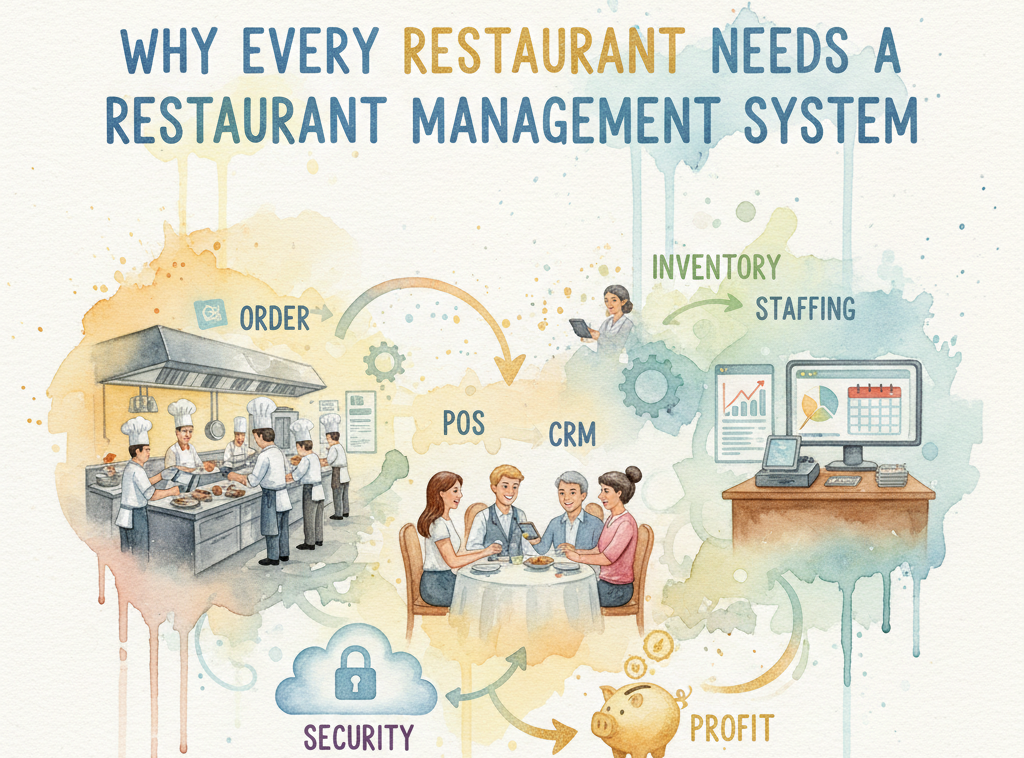What is a Ghost Kitchen and How to Start One

Though ghost kitchens have existed in the F&B industry for quite a long time, it is only after the COVID-19 pandemic that the concept has become increasingly popular.
The pandemic, which comes with continuous lockdowns, has led to a sudden wave of F&B businesses shutting down. In Malaysia alone, it is estimated that up to 30% restaurants have closed down since the pandemic started. As more consumers prefer online deliveries and takeouts, and less dining in, ghost kitchens have surged in popularity among restaurateurs. This kitchen concept has become a necessity for them to survive in the field.
What is a ghost kitchen?
Also called micro-cloud kitchens or virtual kitchens, Ghost kitchens are for restaurants that do not offer dine-in services. They exist purely to prepare online orders, hence their menus are strictly for delivery only.
As there are no walk-in customers, restaurateurs need not spend anything for tables, chairs and large spaces. Restaurateurs can simply rent a space, put up their menu online and use third-party delivery apps to sell their dishes.
Why do ghost kitchens matter?
Prior to the pandemic, ghost kitchens were mainly used by virtual kitchens. Now, it is considered a strategic move for restaurateurs to save cost and enable easier operations. The global market size of cloud kitchens are estimated to reach $71.4 billion by 2027, as online deliveries are skyrocketing.
Forbes also reported that ghost kitchens would have a significant impact on the F&B industry this year, since 60% of diners now order food online at least once a week, and takeout is predicted to rise to 21% of restaurant industry sales by 2025. The business model is even adopted by popular restaurant chains to keep cash flowing and testing new menu items using different brand names in case the dishes do not do well.
Ghost kitchens also act as a means to enhance market penetration, as it gives restaurateurs access to a wider demographic as compared with brick-and-mortar restaurants. The business model enables restaurants to deliver orders for customers that are far from your establishment, given that the delivery system used is capable of assisting that.
How to start a ghost kitchen?
Evidently, ghost kitchens are uncharted territory for many restaurateurs, below are four basic tips that will come in handy to kickstart an efficient ghost kitchen:
1. Conduct a thorough research

As there is no definitive template on how restaurateurs should start a ghost kitchen, it is advisable to widen one’s resources and seek out advice and referrals from experienced restaurateurs.
Defining the restaurant’s target audience should also be prioritised. This particular step is to ensure the menu items offered are optimised and high in demand. It is also important to consider the existing inventory of the equipment that a restaurant has, this is so that restaurateurs can assess whether they can start with what they already have.
Another critical point to consider is whether a restaurant’s tech capabilities can handle an online delivery system. This is due to the ghost kitchen’s operations largely depending on how streamlined the delivery process is.
2. Find the right space

When starting a ghost kitchen, restaurateurs must first consider whether the place they select is suitable for their menu. Additionally, would the space be an existing one that is rented, a shared space, or exclusively owned for one’s restaurant?
If a shared ghost kitchen is the favoured option, ensure that the space is large enough to host multiple vendors. There is also the matter of insurance coverage and safety regulations that restaurateurs need to prepare to adhere to.
3. Create a solid marketing plan

It is also crucial for restaurateurs to create a detailed marketing plan to build your ghost kitchen’s brand. Advertise menu items that are relevant to the target market, and focus on implementing marketing strategies that are digitally inclined.
Utilise social media platforms, digital ads and refine your official websites to ensure a reliable online presence. If possible, rely on user-generated content (UGC) too in promoting your ghost kitchen and menu items.
Are ghost kitchens the right solution?
Ultimately, there are other types of kitchen models available for restaurateurs to consider. To know more about other options, browse the following article about central kitchens.
To get all back-end processes streamlined, visit Food Market Hub’s website to contact our team for more information.










